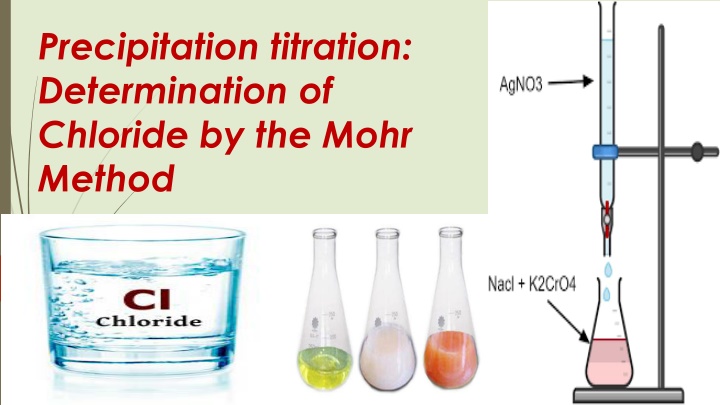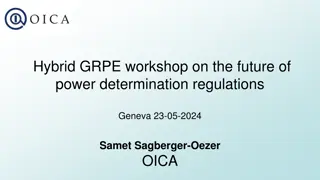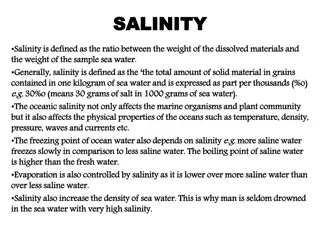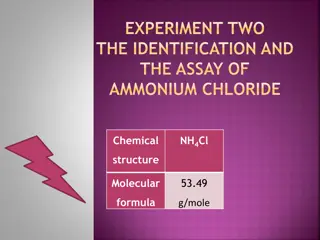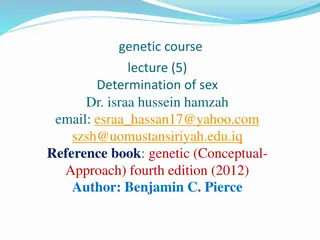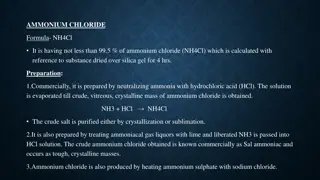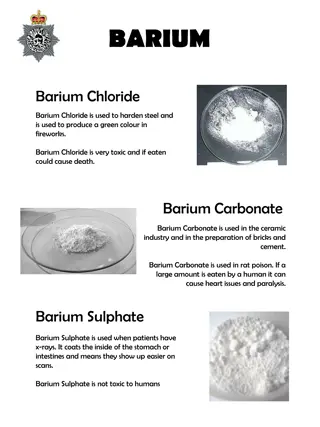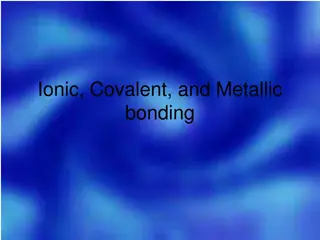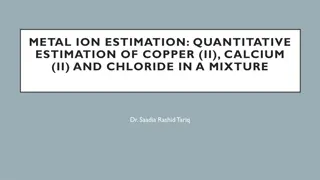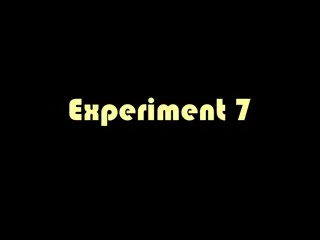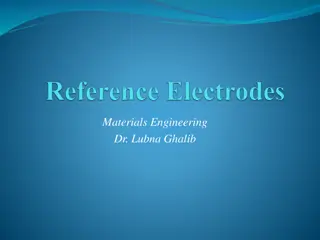Determination of Chloride by Mohr Method
Precipitation titration is a volumetric method used for determining chloride ions. Mohr's method involves reacting alkaline or alkaline earth chlorides with silver nitrate in the presence of a potassium chromate indicator. The endpoint of the titration is signaled by the appearance of red silver chromate. The titration is carried out at a pH between 6.5 and 10 to prevent interference from chromate protonation or silver hydroxide formation. The process involves forming a precipitate of silver chloride and then a red-brown precipitate of silver chromate. This method is widely used for determining chloride ion concentration in various water samples.
Download Presentation

Please find below an Image/Link to download the presentation.
The content on the website is provided AS IS for your information and personal use only. It may not be sold, licensed, or shared on other websites without obtaining consent from the author.If you encounter any issues during the download, it is possible that the publisher has removed the file from their server.
You are allowed to download the files provided on this website for personal or commercial use, subject to the condition that they are used lawfully. All files are the property of their respective owners.
The content on the website is provided AS IS for your information and personal use only. It may not be sold, licensed, or shared on other websites without obtaining consent from the author.
E N D
Presentation Transcript
Precipitation titration: Determination of Chloride by the Mohr Method
What is precipitation titration Volumetric methods based upon the formation of slightly soluble precipitate are called " precipitation titration " . This method depends on formation of second highly colored precipitate for detect end point.
Mohrs method in which alkaline or alkaline earth chlorides react with silver nitrate in the presence of a few drops of potassium chromate solution as indicator, is a simple, direct and accurate method for chloride determination. This method can be used to determine the chloride ion concentration of water samples from many sources such as seawater, stream water, river water and estuary water.
This method has been widely applied to the titration of chloride ion and bromide ion with silver nitrate , and the indicator is chromate ion (CrO4-2).The end point being signaled by the appearance of red silver chromate(Ag2CrO4) .
This method determines the chloride ion concentration of a solution by titration with silver nitrate. As the silver nitrate solution is slowly added, a precipitate of silver chloride forms. Ag+(aq) + Cl (aq) AgCl(s) The end point of the titration occurs when all the chloride ions are precipitated. Then additional silver ions react with the chromate ions of the indicator, potassium chromate, to form a red-brown precipitate of silver chromate. 2 Ag+(aq)+ CrO4-2 (aq) Ag2CrO4(s)
The titration was carried out at a pH between 6.5 and 10 because chromate ion is the conjugate base of the weak chromic acid. Therefore, when the pH is lower than 7, chromate ion is protonated and the chromic acid form predominates in the solution. Consequently, in more acidic solutions the chromate ion concentration is too low to produce the precipitate at the equivalence point. If the pH is above 10, brownish silver hydroxide forms and masks the end point.
AgNo3+ + NaCl- kMno4 AgCl + NaNo3 2CrO4-2 + 2H+ 2HCrO4 -1 Cr2O7-2 + H2O 2Ag+ + 2OH- 2AgOH Ag2O(s) + H2O
Procedure: Fill the burette with 0.05M of AgNO3. )Ag=107,N=14,o=16) Pipette a 10 mL aliquot of water into a conical flask and add 1 mL of chromate indicator( 5% K2CrO4). Titrate the sample with silver nitrate solution. Although the silver chloride that forms is a white precipitate, the chromate indicator initially gives the cloudy solution a faint lemon-yellow colour. The endpoint of the titration is identified as the first appearance of a red-brown colour of silver chromate. Repeat the titration process. Calculate the chloride concentration in the sample in ppm unit. Write all Chemical Compounds and all Apparatus used in this experiment.
